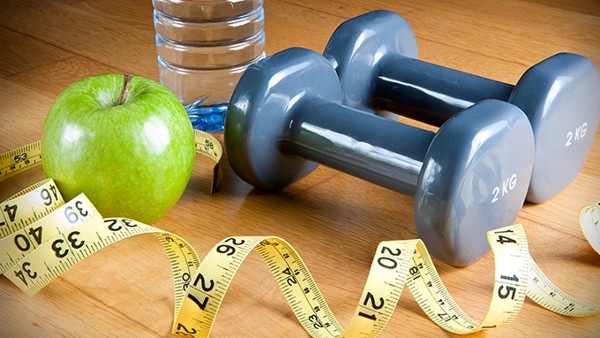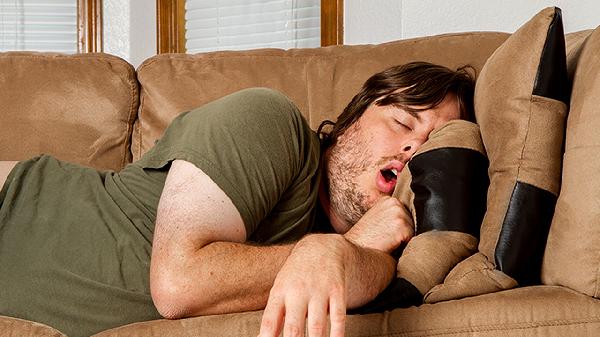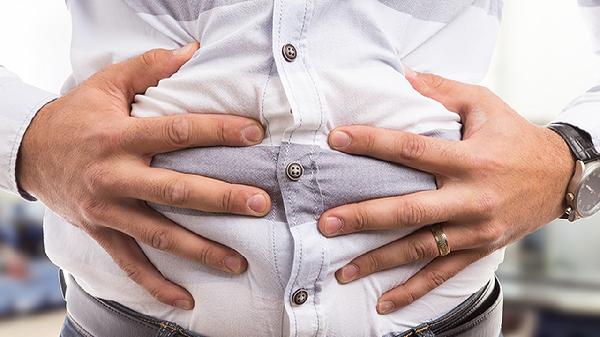Losing weight is like a race against time. Some people wake up at 5 a.m. to go for a run, others are still sweating it out at the gym at 10 p.m., and some simply skip dinner, trying to shed fat by "starving themselves." But did you know? The effectiveness of weight loss is closely tied to timing. It's like farming—choosing the right season ensures a bountiful harvest. So, what is the golden time for weight loss in a day? Don’t worry, we’ll uncover this "time code" next, helping you achieve twice the results with half the effort on your weight loss journey!

1. Early Morning: The Golden Time for Fasted Exercise
After waking up in the morning, your body has rested overnight, and blood sugar levels are low. Engaging in aerobic exercises like jogging, brisk walking, or jumping rope at this time allows your body to prioritize burning fat for energy. Studies show that exercising on an empty stomach can burn 20% more fat than exercising after a meal. However, it’s important to keep fasted workouts short—aim for no more than 30 minutes to avoid discomfort from low blood sugar.
2. After Breakfast: The Key Moment to Boost Metabolism
Breakfast is the most important meal of the day, especially for those trying to lose weight. A balanced, nutritious breakfast can kickstart your metabolism, putting your body into "burn mode." Opt for foods rich in protein, fiber, and healthy fats, such as eggs, whole-grain bread, oatmeal, and nuts. Within 1-2 hours after breakfast, your metabolism peaks, making it an ideal time for light exercises like walking or yoga to further enhance fat burning.
3. Before Lunch: The Best Time to Control Appetite
Between 10 a.m. and 11 a.m., many people feel hungry. This is a good time to snack on low-calorie, high-fiber options like apples, cucumbers, or a handful of nuts. These can curb hunger without adding too many calories. Additionally, this is a great opportunity for simple office exercises, such as standing while working or doing some stretches, to burn extra calories.
4. Afternoon: A Steady Adjustment Period for Metabolism
Between 3 p.m. and 5 p.m., your metabolism is relatively stable. This is a good time for strength training, such as using dumbbells, doing squats, or holding a plank. Strength training not only helps burn fat but also builds muscle, boosting your basal metabolic rate. Plus, the afternoon is an excellent time to hydrate—drinking more water aids metabolism and helps your body detoxify.
5. After Dinner: The "Alert Period" to Avoid Calorie Buildup
The time after dinner, especially after 8 p.m., is the "alert period" for weight loss. During this time, physical activity decreases, and your metabolism slows down. Consuming too many calories here can easily lead to fat storage. Therefore, keep dinner light and avoid high-sugar, high-fat foods. After dinner, consider taking a walk or doing some gentle stretches to aid digestion and prevent fat accumulation.
Weight loss is a marathon, not a sprint. Choosing the right time can make all the difference. Whether it’s fasted exercise in the morning or a walk after dinner, each time slot has its unique fat-burning advantages. The key is to arrange your exercise and meal times based on your lifestyle and physical condition. Remember, there’s no shortcut to weight loss, but by choosing the right time, you’re one step closer to your goal!
























